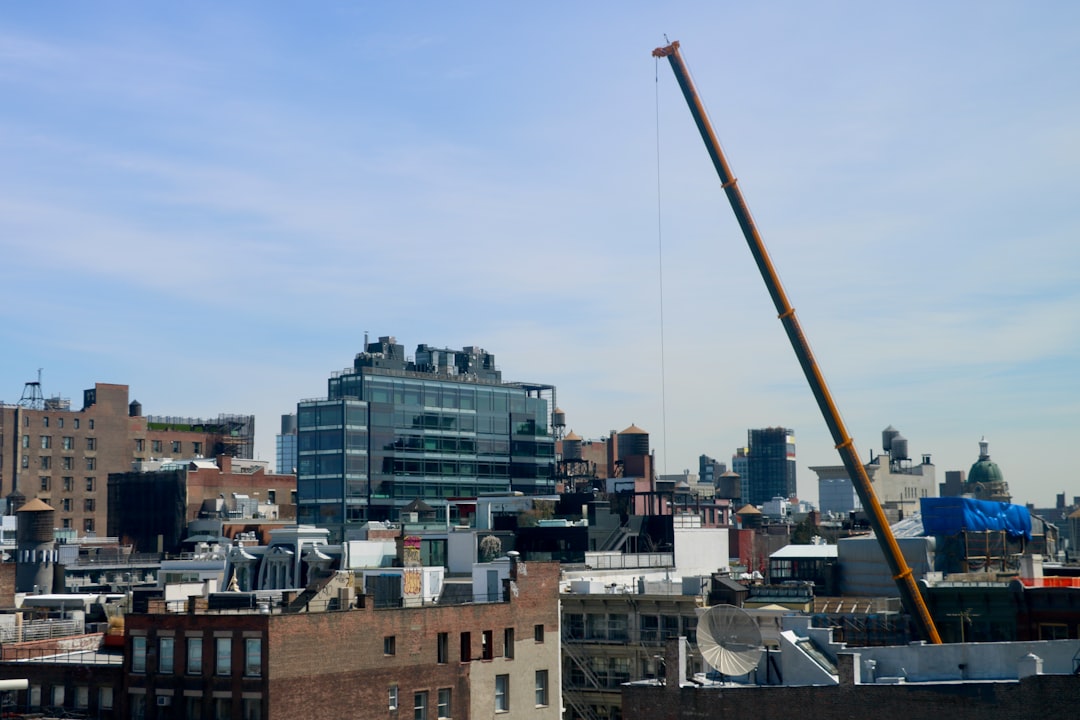Boston Roof Deck Regulations: The Complete Guide
Adding a roof deck is one of the fastest ways to unlock premium outdoor living space in Boston’s dense residential neighborhoods. Yet the excitement often fades when professionals encounter zoning overlays, wind-load calculations, and multi-agency approvals. Understanding the costs is crucial. Typical costs range from $20,000 to $50,000 depending on size and complexity. This article walks you through the rules, key approvals, and how to streamline every step.
The Regulatory Landscape in 2025
Boston follows the Massachusetts State Building Code Ninth Edition with city-specific amendments. For roof decks, three buckets of rules apply:
- Structural and fire code requirements under the Building Code
- Zoning restrictions such as height, setback, and floor-area ratio
- Neighborhood design review from the Boston Planning & Development Agency (BPDA)
Failure to align with any single bucket can stall a project for months. Embedding these checkpoints into your planning ensures nothing is overlooked.
Step-by-Step Compliance Roadmap
- Confirm Zoning Allowance – Use Boston’s Zoning Viewer or contact the Inspectional Services Department (ISD). If overlays apply, an Article 80 review may be triggered.
- Order a Structural Investigation – Roof framing must handle new live loads (typically 60 psf for decks plus snow loads).
- Draft Architectural Plans – Show guardrails at least 42" high, egress pathways, and stair geometry.
- Obtain Fire Department Sign-Off – Required for decks over three stories or with cooking appliances.
- Pull the Building Permit – Submit stamped plans, energy forms, and cost schedules to ISD.
- Schedule Final Inspections – Structural, fire, and zoning officials must all close out.
Key Code Requirements You Can’t Ignore
- Live Load: 60 psf minimum; snow drift must be added per ASCE-7-10
- Guardrails: 42" height, 4" maximum spindle spacing, 200 lb load resistance
- Egress: A dedicated stair or roof hatch with a 16 sq. ft. opening
- Wind Uplift: Connection details must resist 90 mph basic wind speed
- Fire Separation: One-hour fire-rated assembly between deck and occupied space if setback is under 3'
Budgeting with AI Estimates
Traditional roof deck allowances are unreliable because Boston’s permitting nuances inflate soft costs. Expect three main cost centers:
- Structural Reinforcement – Sistered joists, LVLs, and steel posts
- Deck Platform – Sleepers, waterproof membrane, decking, rails
- Stair & Access – Exterior steel stairs or prefabricated aluminum hatch
Pull live material pricing from regional suppliers, combine it with localized labor rates, and export both a homeowner-friendly quote and a permit valuation sheet.
How Blueprint Takeoffs Accelerate Approval
Uploading your architect’s Revit or PDF file triggers an instant quantity survey. Highlight any element that violates Boston roof deck regulations, such as guardrail gaps or excessive deck area. Receive a color-coded markup and a compliance checklist ready for the design team—often within minutes.
Reducing Revisions: Case Snapshot
A South End brownstone owner aimed to install a 12'×18' ipe roof deck. Using AI:
- Voice capture of site visit generated a 36-line item estimate in 4 minutes
- AI flagged insufficient wind uplift connections; engineer updated plans same day
- Permit application was accepted on first submission—saving an estimated three-week delay
The project closed at 2% under budget because contingency funds weren’t burned on resubmittals.
Frequently Asked Questions
Do I need a variance for any roof deck? Most row houses already exceed height limits, so the answer is often yes. Identify variance triggers and prepare the BPDA packet.
Can I install a grill? Propane is prohibited above grade in Boston. Natural gas lines are allowed with fire-department approval.
What about waterproofing? A fully-adhered EPDM or modified bitumen membrane is essential. Line items list compatible sleepers and warranty periods so you can compare options instantly.
Ready to Build?
If Boston roof deck regulations feel intimidating, remember that understanding them is key. Start a live voice session, walk your existing rooftop, and create a compliant scope, cost, and submittal package while you focus on design creativity. Explore more at CountBricks.com.
Roof Deck Success Framework
While regulations are non-negotiable, the path you take can be streamlined. Apply a three-phase framework proven on dozens of Boston roof decks.
Phase 1: Pre-Permit Intelligence
- Voice walk-through captures site dimensions and obstructions in real time
- AI compares captured data to Boston roof deck regulations and flags variances instantly
- A pre-permit estimate with contingency recommendations is issued within 30 minutes
Phase 2: Integrated Design & Estimating
- Architect uploads DWG or PDF; run a blueprint takeoff, producing joist counts, guardrail linear footage, and flashing SQFT
- Code-driven alerts (wind uplift, guardrail height, fire separation) are embedded as callouts on the drawing set—reducing back-and-forth with engineers
- Material substitutions (pressure-treated vs. ipe, steel vs. LVL) update costing live so owners can make budget decisions before plans are stamped
Phase 3: Construction Execution
- Approved estimate exports directly into task management, creating schedules for demo, reinforcement, membrane, decking, rails, and inspections
- Field crews use mobile checklists mapped to each Boston regulation, ensuring photographic proof is archived for final sign-off
- As-built quantities sync back to the platform, comparing real vs. estimated usage. If material usage dips below forecast, automatically issue a change order credit, boosting client satisfaction
Why the Framework Works
Boston roof deck regulations change periodically, but the database updates overnight, meaning every new project inherits the latest code language—no manual look-ups required. Clients report:
- 42% faster permit approvals
- 18% reduction in total project cost variance
- Zero failed final inspections to date
Next Steps
Ready to transform your rooftop? Start by booking a complimentary compliance assessment at CountBricks.com. In one 15-minute voice call we’ll capture your goals, run a live zoning check, and email a preliminary cost projection—all before you climb down the ladder.

